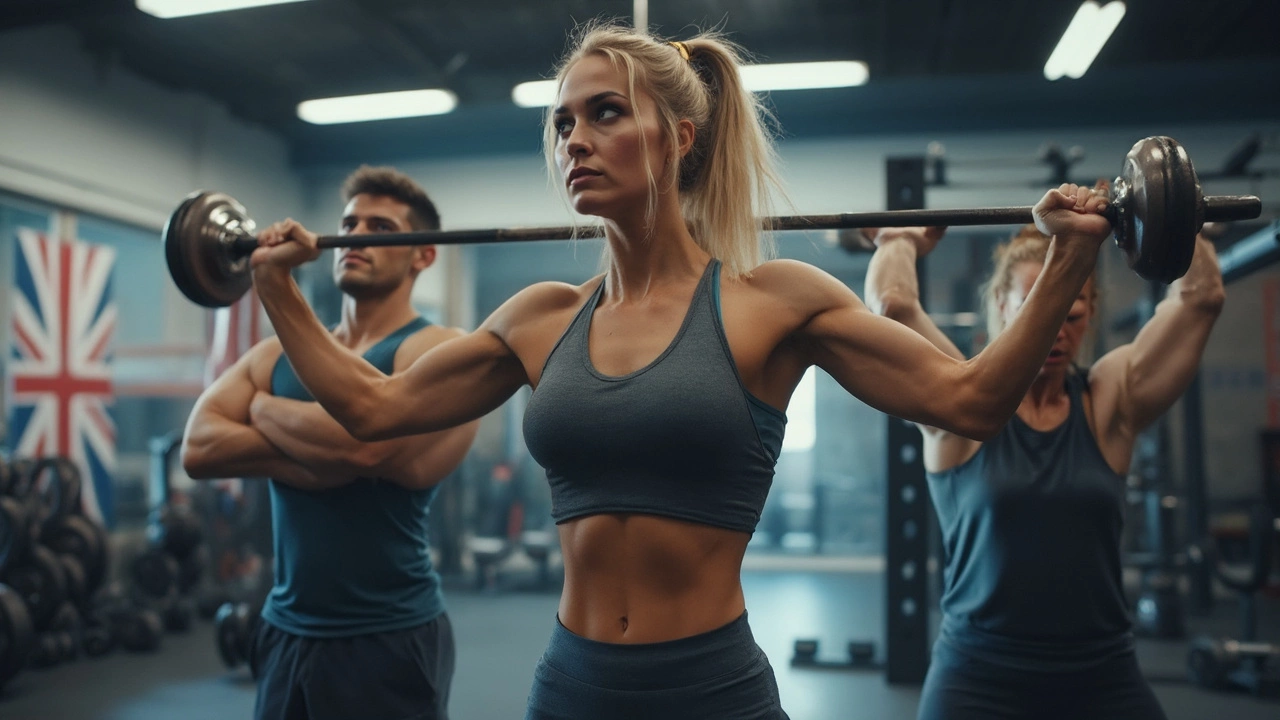
Training Age: Understanding Your Fitness Experience
If you’ve ever heard the term “training age,” you might wonder if it’s just a fancy phrase or something useful. In plain terms, training age is how long you’ve been consistently training, measured in months or years. It’s like a résumé for your body – the longer you train, the more your muscles, joints, and nervous system have adapted.
Knowing your training age helps you pick the right volume, intensity, and exercise selection. A beginner with a six‑month training age needs more recovery and simpler splits, while a seasoned lifter with five years can handle higher loads and more complex programming.
Why Training Age Matters for Workout Planning
Most training programs assume a one‑size‑fits‑all approach, but your body’s history matters. Someone new to the gym can get injured if they jump straight into the “big 3” routine (squat, bench, deadlift) with heavy weights. On the other hand, a veteran who’s done the big 3 for years may need advanced variations to keep making gains.
Think of it like learning to drive. A brand‑new driver sticks to basic routes, while an experienced driver can handle highway merging and night driving. Matching your workouts to your training age keeps progress steady and reduces the risk of burnout.
Practical Ways to Use Your Training Age
Start by writing down when you began consistent training. Include any long breaks – a six‑month break essentially resets your training age for the affected muscle groups. Then, choose a program that matches.
- 0‑1 year: Full‑body workouts 3 times a week, focusing on compound movements and learning proper form.
- 1‑3 years: Upper/lower split or push‑pull‑legs, increasing weekly volume and adding accessory work.
- 3+ years: Specialized splits (e.g., body‑part workout split) and periodized plans that manipulate volume and intensity.
For example, our “Best Body Part Workout Split” article breaks down how to assign muscle groups each day – perfect for lifters with a training age of two years or more who want to target specific areas without overtraining.
If you’re a swimmer, the “Best Age to Start Swimming Lessons” post can guide you on when your training age in the pool becomes relevant. Younger swimmers build technique fast, while older beginners need more focused endurance work.
Recovery also changes with training age. A marathon runner with a three‑year training age will benefit from advanced recovery tactics like targeted stretching and nutrition timing, as discussed in our “48 Hours After Running a Marathon” article.
When you hit a plateau, look at your training age. Often the issue is that your body has adapted to the current stimulus. Changing the rep scheme, adding a new exercise, or cycling intensity can spark new growth. This is the core idea behind periodization – a concept that becomes more useful as your training age increases.
Finally, keep track of progress beyond the numbers on the bar. Note how you feel, your energy levels, and any joint soreness. Those qualitative cues are just as important as your training age when deciding whether to push harder or back off.
By treating training age as a guide rather than a rule, you’ll build smarter programs, stay motivated, and keep making gains year after year.
